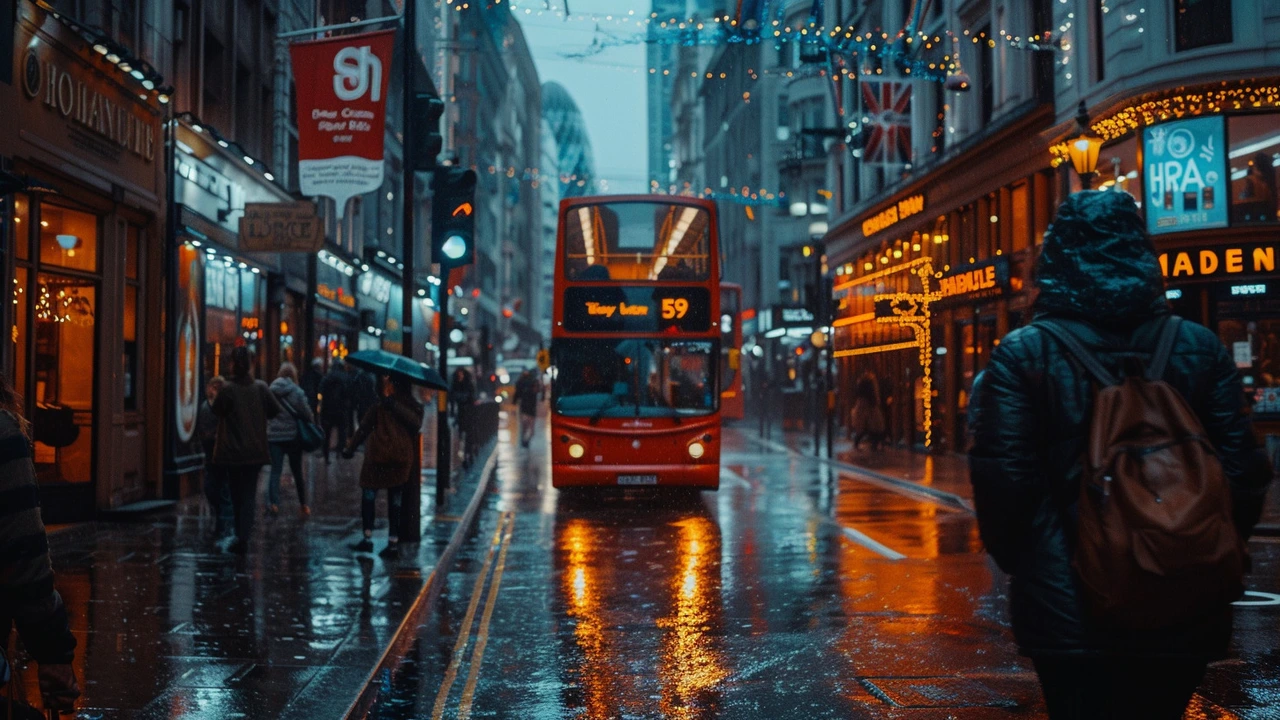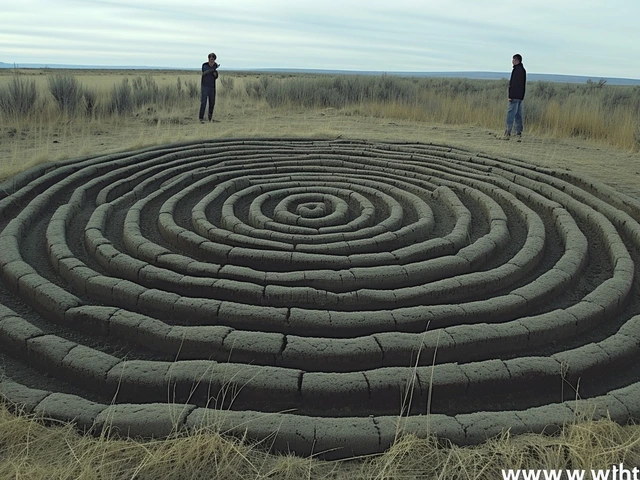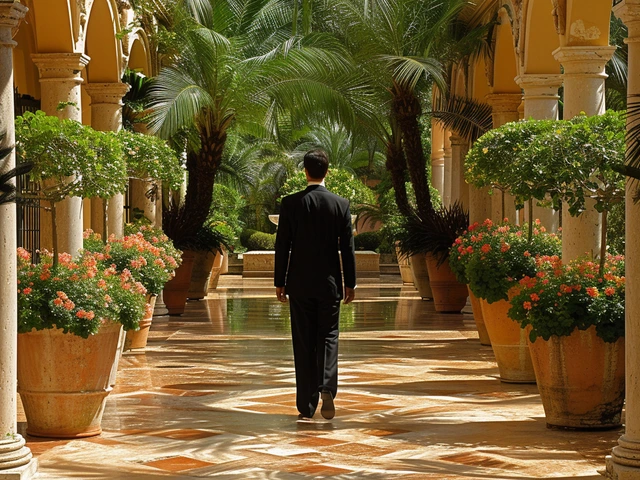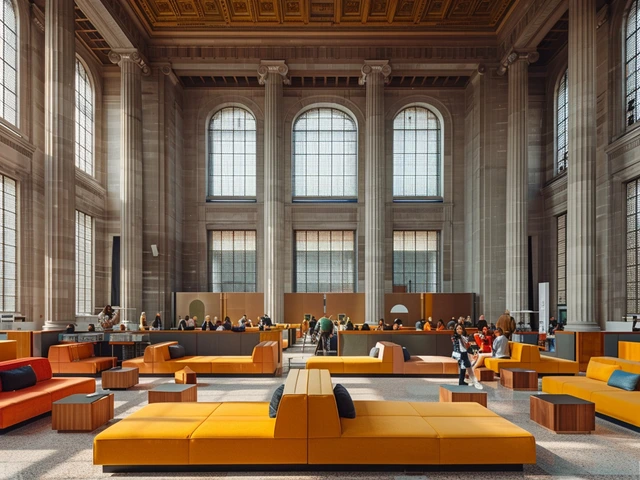Modern art has always been about breaking new ground, challenging perceptions, and pushing boundaries. These qualities make it a natural ally for advertising, an industry that thrives on innovation and standing out.
As technology evolves, so does the way brands communicate with their audiences. By incorporating elements from the world of modern art, advertisers can craft unique and impactful campaigns that resonate on a deeper level.
- The Evolution of Modern Art
- Modern Art in Digital Advertising
- Case Studies of Successful Art-Infused Campaigns
- The Role of Artists in Advertising
- Future Trends in Art and Advertising
The Evolution of Modern Art
Modern art, as a movement, has been shaped by numerous influences and historical events. It emerged in the late 19th century as artists began to rebel against traditional styles and techniques. With the advent of industrialization and urbanization, society saw rapid changes, and artists reflected these transformations in their work. Iconic figures like Vincent van Gogh, Pablo Picasso, and Claude Monet pushed the boundaries of creativity and expression.
An important milestone was the birth of Impressionism in the 1870s. Artists focused on capturing light and movement, often painting en plein air to observe their subjects directly. This was a departure from the meticulous studio practices of the past. As the world moved into the 20th century, movements like Cubism, spearheaded by Picasso and Georges Braque, deconstructed objects into geometric shapes, changing how people perceived reality.
"Art is not what you see, but what you make others see." – Edgar Degas
The World Wars had profound impacts on art. The chaos and trauma led to the rise of Dadaism, which rejected logic and reason, embracing chaos and irrationality. This movement was a direct response to the horrors of war, and artists like Marcel Duchamp used found objects to challenge what society considered art. Similarly, Surrealism emerged in the 1920s, with Salvador Dalí and René Magritte creating dream-like scenes that explored the unconscious mind.
Post-World War II, the center of the art world shifted to New York City, initiating the Abstract Expressionist movement. This era was marked by artists like Jackson Pollock, who used unconventional methods such as drip painting. The focus was on spontaneity and the act of painting itself, a stark contrast to previous centuries' emphasis on the final product. This period also saw the rise of Pop Art in the 1960s, with figures like Andy Warhol and Roy Lichtenstein blending commercial culture with high art.
Contemporary Turns
As we moved towards the late 20th and early 21st centuries, modern art continued to evolve. The lines between different mediums began to blur. Performance art, digital art, and installation pieces became more mainstream. Artists started using technology to create immersive experiences that captivated the audience in new ways. The digital revolution allowed for greater experimentation, with artists like Damien Hirst and Banksy creating thought-provoking works that challenged societal norms.
In the realm of digital advertising, the principles of modern art have found a new home. The fragmentation of Cubism can be seen in the way multimedia campaigns are structured, often combining visuals, text, and interactive elements. The spontaneity of Abstract Expressionism resonates with real-time marketing efforts, where brands respond to current events with immediate and creative campaigns.
Modern Art in Digital Advertising
Digital advertising has transformed the marketing landscape in ways once unimaginable. One remarkable trend is the integration of modern art into digital ads, a practice that has revolutionized how brands capture and retain the attention of online audiences. The dynamic and often bold nature of modern art provides a visually striking medium that speaks directly to the core of modern digital culture.
Modern art in digital advertising isn't just about attractive visuals; it represents an effort to convey deeper meanings and emotions through imagery. By leveraging abstract forms, unconventional colors, and radical compositions, brands evoke a sense of curiosity and engagement. It's no coincidence that some of the most viral ad campaigns borrow heavily from modern art principles. This creative approach makes viewers stop and pay attention, encouraging them to explore further.
A prime example of this can be seen in how the fashion industry uses modern art in their digital ads. Companies like Gucci and Balenciaga often collaborate with contemporary artists to create visually arresting ads that go beyond traditional fashion photography. These ads often resemble art installations rather than typical product promotions. This synergy between modern art and digital advertising creates a unique aesthetic that appeals strongly to younger, art-savvy consumers.
"The fusion of modern art and digital advertising creates a vibrant language that speaks to a generation accustomed to rapid and immersive digital experiences." - Art Director Jane Horowitz
Additionally, social media platforms have become a playground for this fusion. Brands utilize Instagram's visually-driven environment to showcase modern art-inspired content that stands out in a feed full of mundane posts. Interactive elements such as AR filters, which are often influenced by modern art aesthetics, also play a pivotal role in deepening user engagement. These filters not only entertain but also provide an immersive experience that ties into the brand's identity.
Programmatic advertising technology facilitates the targeted delivery of art-infused ads, ensuring they reach audiences who are most likely to appreciate and engage with them. This precision targeting means that art-centric ads can achieve more significant impact and relevance, leading to higher engagement rates. Furthermore, the data generated from these interactions provide valuable insights into consumer preferences and behavior, allowing brands to refine their strategies continually.
Moreover, the integration of modern art in digital advertising isn't limited to static images. The use of animated art and motion graphics adds another layer of engagement. Think about Nike's digital ads, which often feature kinetic typography and energetic animations that reflect modern art styles. These elements not only grab attention but also communicate the brand's dynamic and forward-thinking ethos.
Challenges and Considerations
While the marriage of modern art and digital advertising brings numerous benefits, it also poses challenges. One significant concern is ensuring that the art aligns with the brand message and does not overshadow the product. Brands must strike a balance between artistic expression and effective marketing communication.
Another consideration is the authenticity of the art used in advertisements. In an age where consumers are increasingly skeptical, there's a fine line between genuine artistic collaboration and the commoditization of art for commercial purposes. Brands need to approach these partnerships with respect and integrity, ensuring that the artists' work is not misused or diluted.
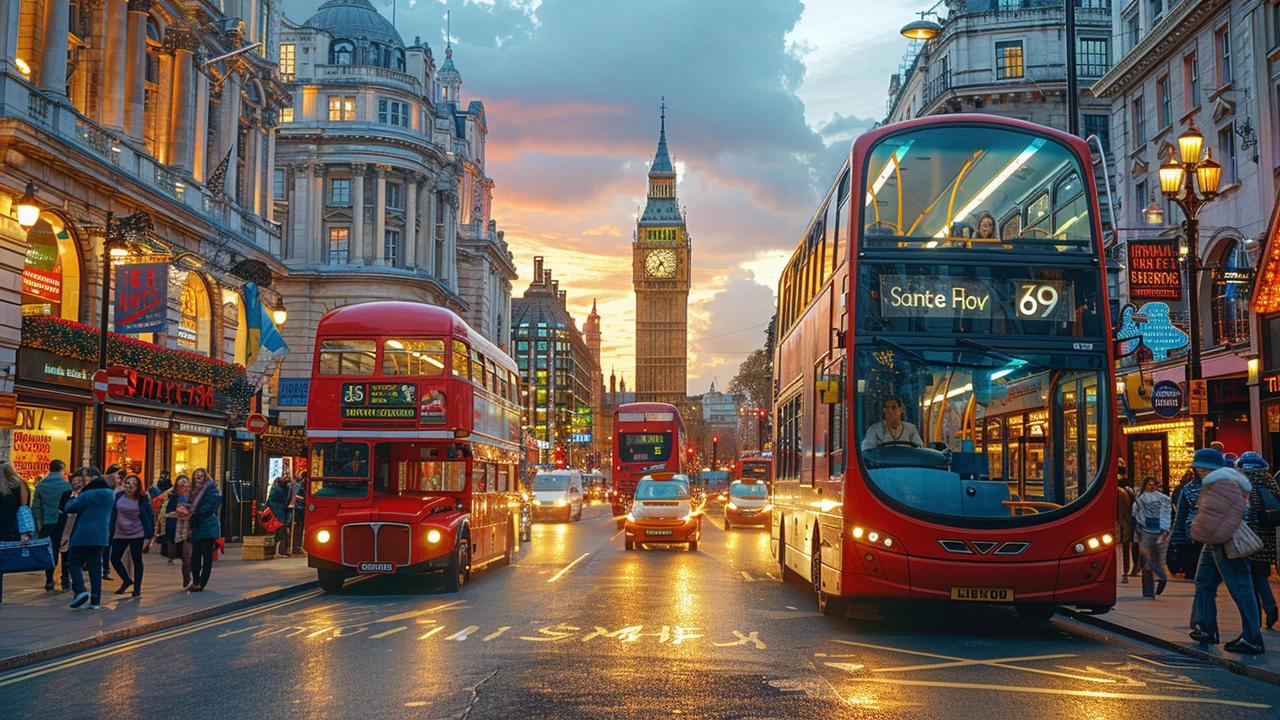
Case Studies of Successful Art-Infused Campaigns
Modern advertising has seen some truly remarkable campaigns influenced by modern art. These campaigns not only showcase the power of art but also illustrate how creativity can drive a brand's success. One standout example is Absolut Vodka's long-running campaign that began in the 1980s. The brand decided to collaborate with various contemporary artists, including Andy Warhol, to create bottle designs that were as much art pieces as they were advertisements. The unique designs caught the eye of consumers and shifted the perception of Absolut from just another vodka to a cultural icon.
Another fascinating case is Apple’s
The Role of Artists in Advertising
Artists have always been at the forefront of cultural creation and transformation. In the realm of advertising, their role is no less significant. With their unique visions and creative prowess, artists help to shape campaigns that are not only visually appealing but also emotionally impactful. Brands often collaborate with artists to infuse their advertising with distinctive aesthetics that stand out in a crowded marketplace. This collaboration can take many forms, from traditional media like print and television to more modern platforms such as social media and digital installations.
One of the key advantages of involving artists in advertising is the sense of authenticity they bring. Consumers today are more discerning and skeptical of overtly commercial messages. When a brand partners with a well-known artist, it lends an air of credibility and genuine creativity to the campaign. For instance, the collaboration between Louis Vuitton and contemporary artists like Takashi Murakami resulted in iconic collections that blended art and fashion seamlessly.
Moreover, artists often think outside the box, offering fresh perspectives on common themes. This can be particularly valuable in creating memorable and engaging advertisements. A striking example is the Absolut Vodka campaigns of the 1980s and 1990s, which featured works by artists such as Andy Warhol and Keith Haring. These ads not only showcased the product but also became iconic pieces of contemporary art in their own right. According to Warhol, "Ads are the best art form of the 20th century," highlighting the mutual influence of art and advertising.
Artists' involvement in advertising is not limited to aesthetic contributions. They also play a critical role in storytelling. A compelling narrative can elevate an ad from mere promotion to an experience that resonates with viewers. For example, the Coca-Cola 'Share a Coke' campaign tapped into the power of personalization, inviting artists to create custom labels and stories, thereby deepening emotional connections with the audience. The success of this campaign is a testament to the power of creative storytelling driven by artistic vision.
Importantly, the collaboration between artists and brands also serves as a mutual promotion channel. Artists gain exposure to wider audiences through high-profile advertising campaigns, while brands benefit from the cultural capital associated with contemporary art. This symbiotic relationship can lead to long-lasting partnerships and repeated collaborations. For instance, the ongoing partnership between the sportswear brand Puma and artist Alexander John has resulted in several successful product lines that fuse urban art and athletic wear.
In summary, artists play a multifaceted role in the world of advertising. They bring authenticity, creativity, and compelling narratives to campaigns, making them memorable and effective. As the advertising landscape continues to evolve, the collaboration between artists and brands is likely to grow, leading to ever more innovative and impactful ways of connecting with consumers.
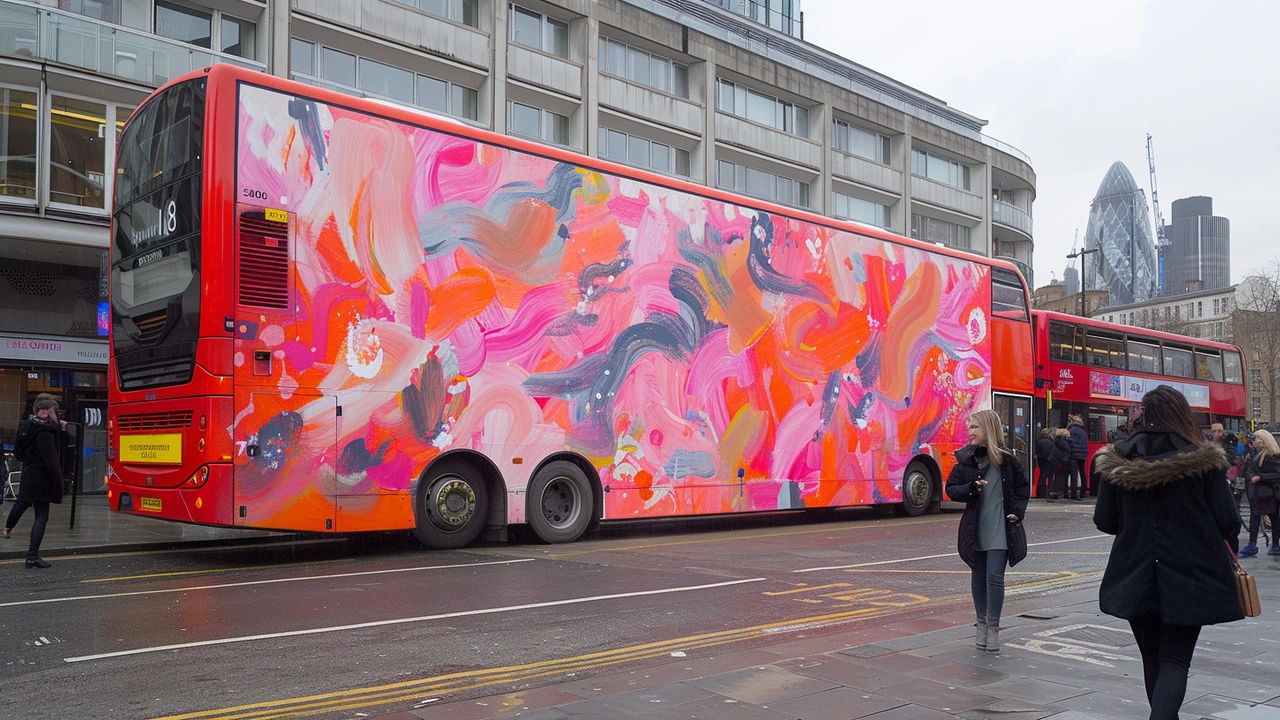
Future Trends in Art and Advertising
The landscape of advertising is continuously evolving, and one of the most significant influences comes from the world of modern art. As we look ahead, there are several exciting trends on the horizon that promise to reshape how brands and audiences interact. One emerging trend is the increasing use of augmented reality (AR) in advertising. Augmented reality allows consumers to experience products and brands in a more interactive and immersive manner. By integrating AR with elements of modern art, advertisers can create visually stunning and memorable experiences for users.
Another trend gaining traction is the collaboration between brands and contemporary artists. These partnerships allow brands to leverage the artists' unique styles and creative visions to produce ad campaigns that stand out. This collaboration can also provide artists with a new platform to showcase their work, reaching a broader audience. An example of this trend is the partnership between the fashion brand Louis Vuitton and the artist Jeff Koons, which resulted in a highly publicized and visually captivating series of products.
As Claude C. Hopkins once said, "Advertising is fundamentally persuasion and persuasion happens to be not a science, but an art." This quote underscores the synergy between art and advertising when crafting compelling narratives and brand messages.
Data-driven art is another trend to watch. The ability to collect and analyze vast amounts of data allows advertisers to create personalized and targeted ad experiences. By combining data insights with the creativity of modern art, brands can tailor their messages to individual preferences, resulting in more effective and engaging campaigns. This trend is especially relevant in the digital space, where data collection and analysis are more accessible than ever before.
The Rise of Interactive Art Installations
Interactive art installations are becoming increasingly popular in advertising. These installations allow consumers to engage with a brand in a physical space, creating memorable experiences that go beyond traditional media. For instance, Coca-Cola has created several interactive billboards that engage passersby in playful and creative ways, reinforcing their brand message in a fun and memorable manner. These installations often incorporate cutting-edge technology, such as touch screens, motion sensors, and even AI, to create dynamic and engaging experiences for users.
Sustainability and eco-friendly practices are also making their way into the advertising realm. Modern artists who focus on sustainability are collaborating with brands to create campaigns that not only promote products but also raise awareness about environmental issues. These campaigns often use recycled materials and sustainable practices, aligning the brand with eco-friendly values and appealing to environmentally conscious consumers. As more consumers prioritize sustainability, this trend is likely to grow in importance.
Lastly, the use of virtual influencers and digital art is set to revolutionize advertising. Virtual influencers are computer-generated characters that have amassed large followings on social media platforms. Brands are leveraging these virtual influencers to promote their products in a unique and innovative way. This trend extends to digital art, where virtual galleries and NFT (Non-Fungible Token) art are becoming increasingly popular. Brands can create digital art pieces tied to their products or campaigns, offering consumers a new and modern way to engage with their brand.
In summary, the future of advertising is set to be heavily influenced by trends from the modern art world. From augmented reality to data-driven art, interactive installations to sustainable practices, and the rise of virtual influencers, these trends promise to create more engaging, memorable, and impactful advertising experiences. As brands continue to explore and integrate these artistic elements, we can expect to see advertising that not only captures attention but also resonates deeply with audiences.

